40 create labels using mail merge
› issues › ch001354How to Mail Merge and Print Labels in Microsoft Word May 04, 2019 · In Microsoft Word, on the Office Ribbon, click Mailings, Start Mail Merge, and then labels. In the Label Options window, select the type of paper you want to use. If you plan on printing one page of labels at a time, keep the tray on Manual Feed; otherwise, select Default. In the Label vendors drop-down list, select the type of labels you are ... techcommunity.microsoft.com › t5 › excelUsing mail merge in excel without word - Microsoft Tech Community Feb 01, 2017 · 1) Create a mapping between the source data and the destination (template) cells. If each record has its own row in the source, for example, you could map column 1 (source name) to cell D1 (template name), column 2 (address) to cell E2 (template address), etc. 2) Select the rows in the source to merge. In VBA, iterate through each selected row.
› blog › mail-merge-google-docsHow to Do Mail Merge Using Google Docs (Step-by-Step Guide) Apr 18, 2022 · You can perform a mail merge using the Microsoft Word and Excel apps on your computer. This way, you can create multiple documents at once, like bulk invoices, customized mailing labels (or merge labels), and mass emails. To perform a mail merge with Excel, follow this process: Add your mail merge data into an Excel spreadsheet (data file).
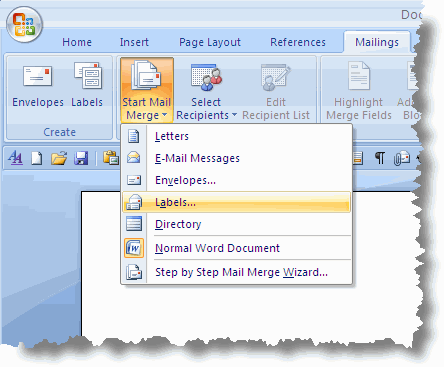
Create labels using mail merge
support.microsoft.com › en-us › officeVideo: Create labels with a mail merge in Word Once your mailing addresses are set up in an Excel spreadsheet (see the previous video to learn how), it's a snap to get Word to create mailing labels from them. Create your address labels. In Word, click Mailings > Start Mail Merge > Step-by-Step Mail Merge Wizard to start the mail merge wizard. support.microsoft.com › en-us › officeUse mail merge for bulk email, letters, labels, and envelopes If you don't yet have a data source, you can even type it up in Word, as part of the mail merge process. For details about data sources, see Data sources you can use for a mail merge. Excel or Outlook. If you know you'll be using Excel or Outlook as the source of your data, see: Mail merge using an Excel spreadsheet
Create labels using mail merge. support.microsoft.com › en-us › officeUse mail merge for bulk email, letters, labels, and envelopes If you don't yet have a data source, you can even type it up in Word, as part of the mail merge process. For details about data sources, see Data sources you can use for a mail merge. Excel or Outlook. If you know you'll be using Excel or Outlook as the source of your data, see: Mail merge using an Excel spreadsheet support.microsoft.com › en-us › officeVideo: Create labels with a mail merge in Word Once your mailing addresses are set up in an Excel spreadsheet (see the previous video to learn how), it's a snap to get Word to create mailing labels from them. Create your address labels. In Word, click Mailings > Start Mail Merge > Step-by-Step Mail Merge Wizard to start the mail merge wizard.
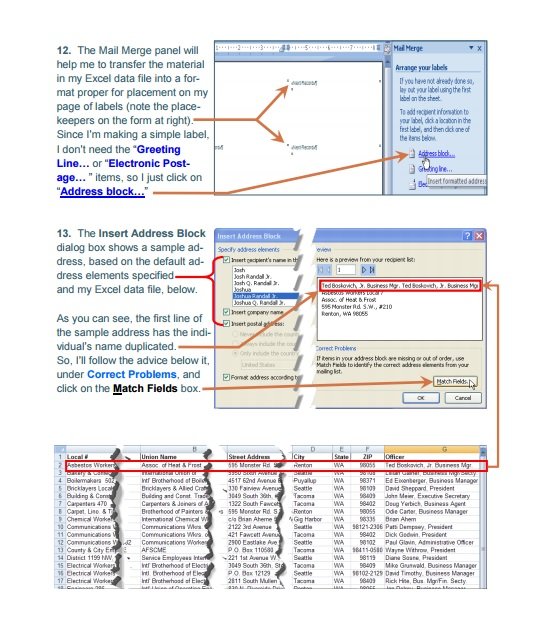
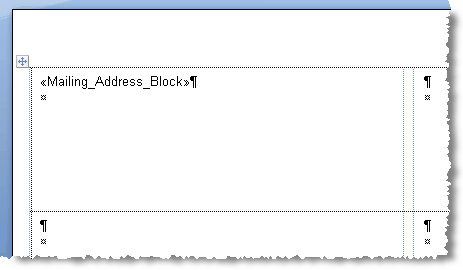
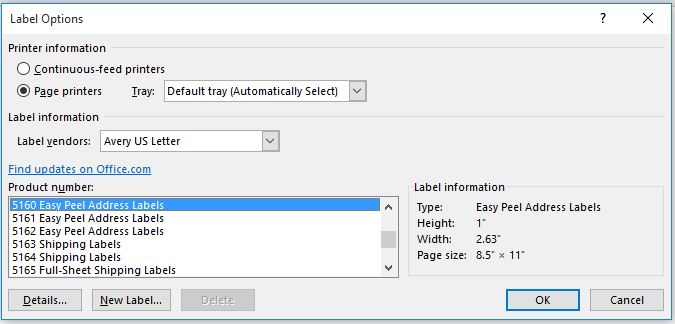
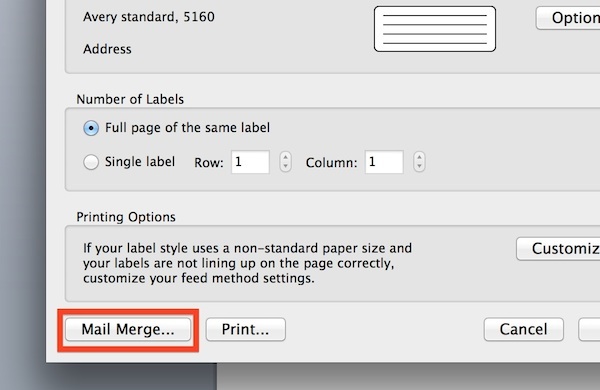
:max_bytes(150000):strip_icc()/PreparetheWorksheet2-5a5a9b290c1a82003713146b.jpg)
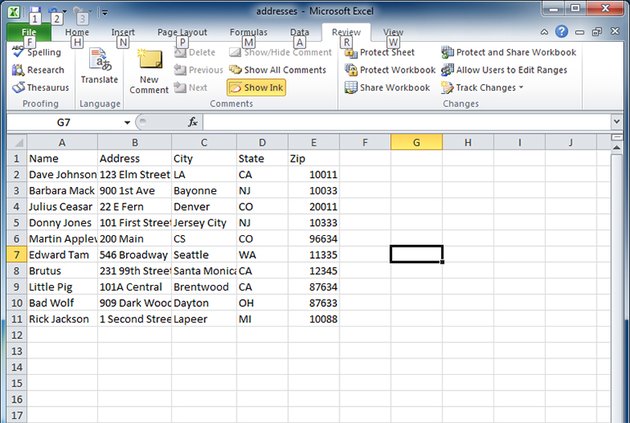
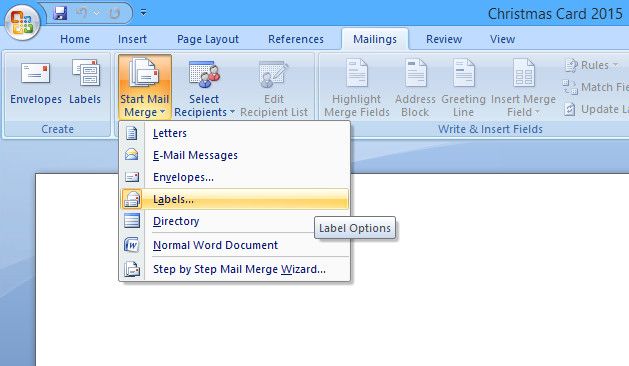







Post a Comment for "40 create labels using mail merge"